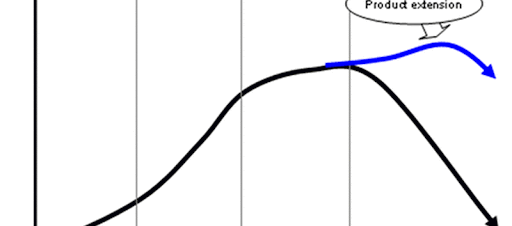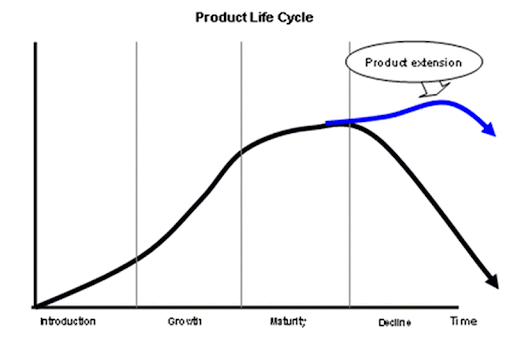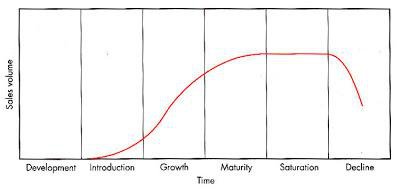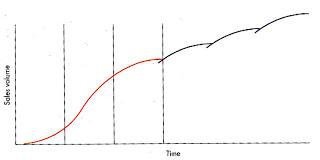Collaborative learning and presentations in Business Studies

9th June 2023
This term Business students have been actively involved in the Marketing topic. They have produced their own questionnaires and have been looking at marketing strategies such as Market Segmentation to improve market share of a company. This also links in to our topic the Product Life Cycle and why established brands have to continue to find new ways to keep their share and grow in the face of new competition which is often global. They worked in teams and chose interesting products to display market segmentation through impressive Powerpoints which they presented with great confidence. The Q&A session which followed was also very interesting using fantastic business terminology. The students have also produced an excellent revision resource on the Product Life Cycle with examples which can be used by other students.
Enjoy the work of the students!
Nabiha Janoowalla
Year 10 Bus The Product Life Cycle Revision notes
The Product Life Cycle
The product life cycle is an important concept in marketing. It describes the stages a product goes through from when it was first thought of until it finally is removed from the market. Not all products reach this final stage. Some continue to grow and others rise and fall.

- Introduction – researching, developing and then launching the product
- Growth – when sales are increasing at their fastest rate
- Maturity – sales are near their highest, but the rate of growth is slowing down, e.g. new competitors in market or saturation
- Decline – final stage of the cycle, when sales begin to fall.
This can be illustrated by looking at the sales during the time period of the product. A branded good can enjoy continuous growth, such as Microsoft, because the product is being constantly improved and advertised, and maintains a strong brand loyalty.
Extension strategies extend the life of the product before it goes into decline. Again businesses use marketing techniques to improve sales. Examples of the techniques are:
- Advertising – try to gain a new audience or remind the current audience
- Price reduction – more attractive to customers
- Adding value – add new features to the current product, e.g. video messaging on mobile phones
- Explore new markets – try selling abroad
- New packaging – brightening up old packaging, or subtle changes such as putting crisps in foil packets or Seventies music compilations
Sales of consumer electronic products often provide excellent examples of the classic bell shape of the traditional product life cycle. Global shipments (sales) of tablet computers such as the iPad seem to suggest that this shape is relevant too, with tablets now in a decline phase.
Worldwide tablet shipments declined by 12.3% in the second quarter of 2016, which was the seventh consecutive quarter in which the market declined in size on a year-over-year basis. According to research data a total of 38.7 million devices were shipped between April and June 2019, down from 44.1 million in 2018.
Although most tablets shipped in the past quarter were Android-based, Apple continues to be the market leader with the gap between Apple and second-placed Samsung getting wider as Samsung suffered a fall in shipments by around 25%.
It will be interesting to see whether Apple, Samsung and other tablet providers attempt product extension strategies in order to reverse the decline phase, or at least reduce the speed of decline. I guess the question is, what else can you do to a tablet to encourage new customers to try one and existing customers to upgrade - other than simply upgrading the performance elements of the tablet?
The product life cycle
Product life cycles show the stages that a product goes through from its introduction, to its growth, and then to its decline. Here is a graph to show the product life cycle:

- Development: The product is under development.
- Introduction: The product is introduced. Sales grow slowly and informative advertising start to attract customers. Price skimming could be used if the product is new to the market. The main aim of sales is to breakeven.
- Growth: Prices rise rapidly. Persuasive advertising is used to encourage brand loyalty. Prices may be reduced a little. Sales start to generate profits since costs have been covered.
- Maturity: Sales rise more slowly. Competition forces prices to be lowered and the firm uses competitive pricing. Advertising is used to maintain sales. Profits are at their highest.
- Saturation: Sales reach their limit. There are no new competitors. Sales and advertising becomes stable but profits fall because of lowered prices to be competitive.
- Decline: Product go out of fashion and sales and profits decline. Advertising eventually stops. It is no longer profitable to produce the product.
The length of each stage varies with products. The business needs to identify which stage their products are in so that they can use a suitable marketing strategy for it.
Extending the product life cycle
When a product has reached its maturity or saturation stage a business may adopt extension strategies to stop sales from falling which extends the product life cycle. Sales are given a boost by these strategies.
- Introducing new variations of the product.
- Sell into new markets.
- Make small changes to the products design and packaging.
- Sell through additional, different retail outlets.
- Update the product (make it better)
- Use a new advertising campaign.
Extension strategies aim to prolong the maturity stage of a product. Successful extension strategies may result in something like this:

Nevertheless, it must be noted that businesses manufacture more than one product. They should have a product in growth stage to counteract an older one which is declining.
Packaging
Getting the packaging right is very important. Packaging performs several tasks:
Protecting the product (also includes preserving foods)
- Making it easy to transport.
- Allow the product to be used easily. Container must be able to be opened easily. (e.g. juice in a can)
- Suitable for the product to fit in.
Packaging also helps promote the product:
- Make it eye-catching.
- Carries information about the product.
- Promotes the brand image.






